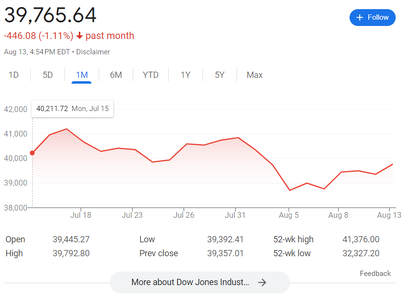HeelYeah2012
Honored Member
- Messages
- 847
If you only do 60% bogleheads, can you call it boglehead? The other 40% of your portfolio is the antithesis of what boglehead believes. Not saying it’s wrong, I just got a kick out of you saying 60% boglehead.I'd say my goal would be 60% boglehead, 25% targeted ETFs, 15% individual stocks. I need to do some rebalancing due to winners on the individual stocks (eg: NVDA, COST) but letting them ride out for now. VHT (Vanguard Healthcare) has been a good sector ETF, I also have VBR(small cap), VO (mid-cap), & VPU (public utilities). A lot of these sector funds have been in my portfolio for 10-15+ years - they are boring but have paid off over the long run. A criticism of VTI is that it is so heavily weighted toward the top 7/10 stocks...so these are a way to diversify more.
If you are just starting out - focus on the base of the pyramid - get the boglehead portfolio setup and then use dividends/new money coming in to continue building upwards.
To me that’d be like saying you’re 60% faithful to your wife (or similar), in that if you only do it 60% of the time, can’t really claim it.


